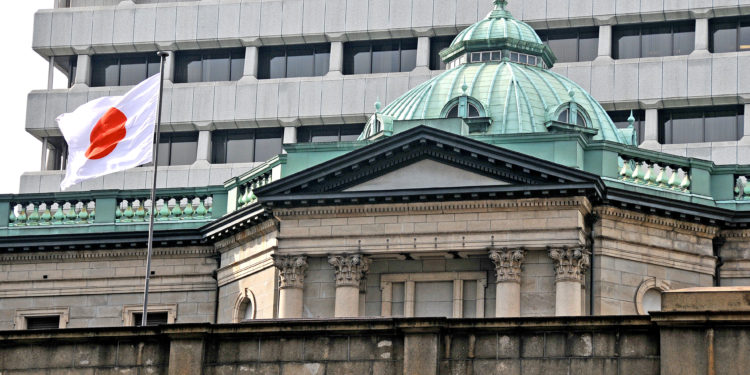The Bank of Japan (BOJ), known for its unconventional monetary strategies, is at a critical juncture as it considers exiting its long-held negative interest rate policy.
Since 2016, the BOJ has maintained a negative interest rate policy, with Japan’s short-term deposit rate set at -0.1%, aiming to spur lending, stimulate economic growth, and combat deflation. However, amid evolving global economic dynamics, the BOJ is reevaluating its approach.
Market participants are increasingly anticipating the end of the ultra-accommodative monetary environment. Governor Kazuo Ueda recently suggested a possible exit from the negative rate regime, indicating that financial conditions would remain easy after the transition.
Subsequent fluctuations in the Yen, notably a weakening to 149.49 against the dollar, have fueled speculation about an early shift in interest rates. Concerns about the Yen weakening beyond the critical threshold of 150 Yen per Dollar loom, as this could potentially add inflationary pressure to households and small businesses.
As March approaches, most observers expect the end of the negative rate regime with the BOJ’s next policy decision on March 19 drawing significant scrutiny. Japan’s delicate balance between continuity and adaptability persists as it navigates its economic trajectory.
Challenges lie ahead, including the elusive goal of achieving a stable 2% inflation rate, distinct from other central banks like the U.S. Federal Reserve which have pursued aggressive interest rate hikes. Balancing economic recovery with stability remains paramount for Japan.
Furthermore, the BOJ’s yield curve control policy, aimed at stabilizing long-term rates, is under review. While adjustments were made in July 2023 to allow long-term rates to rise with inflation, attention now turns to its eventual dismantling, with economists largely agreeing on its conclusion by the end of 2024.
The BOJ’s exit from negative rates will be gradual and cautious, guided by observations of wage growth, inflation trends, and global economic shifts. Ensuring a prudent path toward economic recovery and stability amidst this intricate landscape remains the central bank’s priority.

















